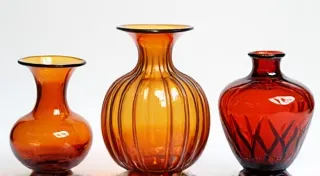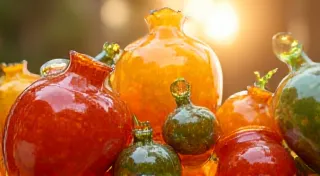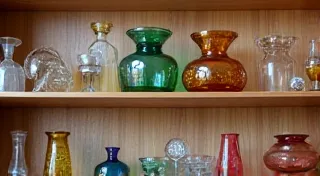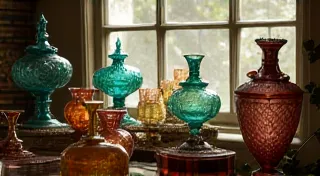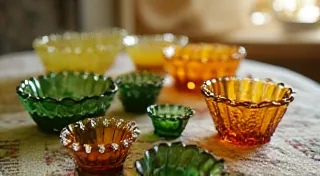Common Mistakes Carnival Glass Collectors Make (and How to Avoid Them)
Collecting vintage carnival glass is a wonderfully rewarding hobby. The shimmering iridescence, the vibrant colors, and the fascinating history all combine to create a truly special collectible. However, like any collecting pursuit, there are pitfalls to avoid. This guide will highlight some common mistakes carnival glass collectors make and provide practical advice on how to steer clear of them. For those just starting out, understanding the basics can truly set you up for success – check out our beginner's guide to carnival glass for a comprehensive overview.
1. Focusing Solely on Iridescence
While the iridescence is undeniably the most captivating feature of carnival glass, don’t let it be your *only* criterion. The quality of the glass itself, the form of the piece, the rarity of the pattern, and even the manufacturer all contribute to a piece's value and desirability. A heavily iridesced but poorly made or common piece is often worth less than a less iridescent, but exceptional example of a rare pattern. The color itself also plays a vital role, and learning to identify carnival glass colors, from the familiar Vaseline to more unusual shades, will significantly enhance your collecting acumen. It’s more than just the shimmer – understanding the nuances of color and form contributes to a truly informed appreciation.
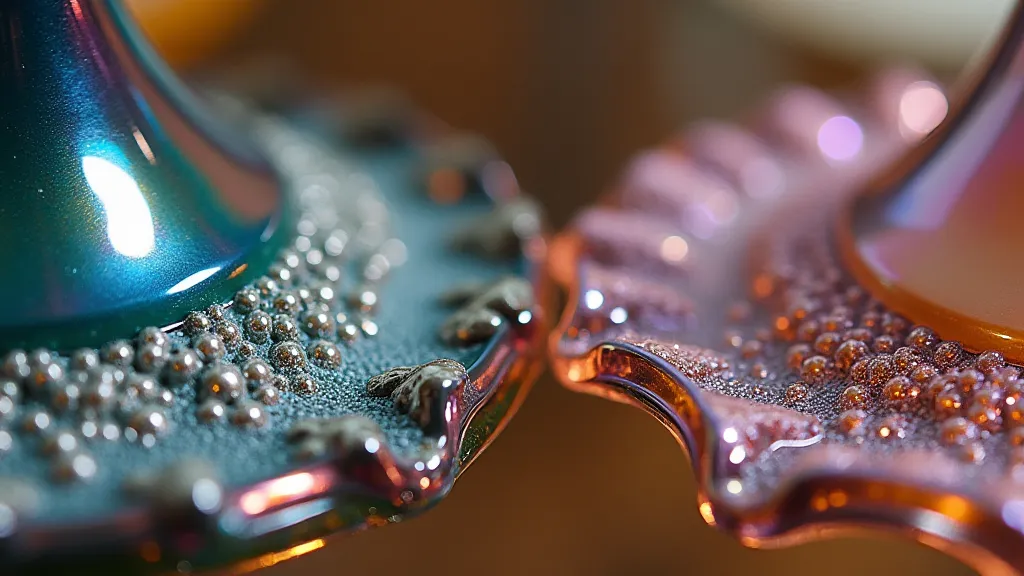
2. Ignoring Pattern Identification
Carnival glass patterns are numerous and sometimes confusingly similar. Rushing into a purchase without positively identifying the pattern can lead to overpaying for a common piece or, even worse, misidentifying a rare piece as something less valuable. Become familiar with pattern identification guides and resources. Compare the piece you’re considering with known examples. Don't be afraid to ask experts for help. Knowing the precise pattern is key to understanding its historical significance and potential value. Many collectors consider their knowledge of these patterns to be part of the hobby's most rewarding aspects. The thrill of correctly identifying a rare or obscure pattern is a feeling every collector should experience. It's not enough to simply admire the beauty – knowing its history and origin adds depth to the appreciation.
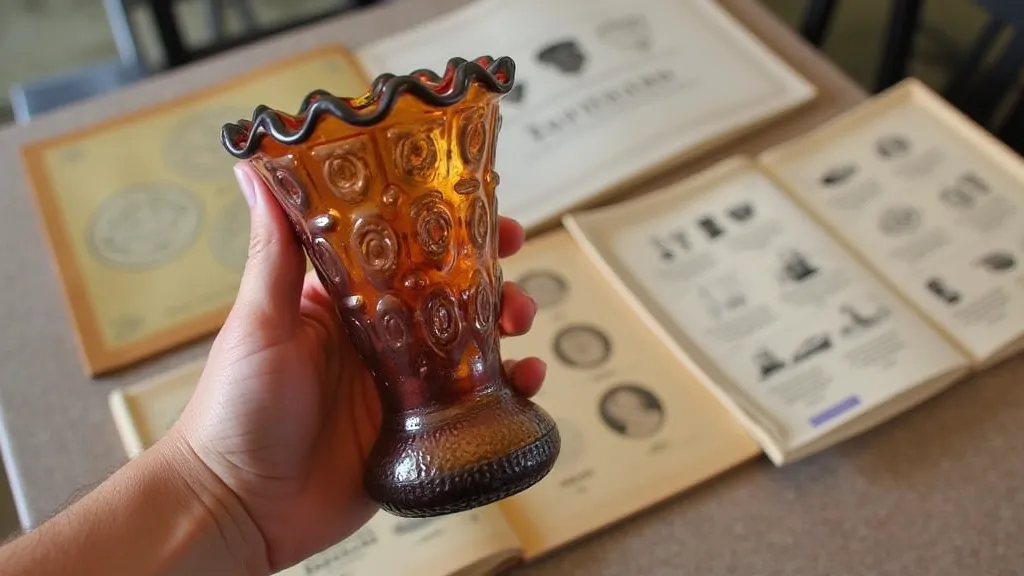
3. Overlooking Damage & Repairs
Vintage carnival glass is, well, vintage. Chips, cracks, and repairs are common. However, the extent and type of damage significantly impact value. A small chip is generally less detrimental than a large crack or a poorly executed repair. Learn to identify different types of repairs (glue, fill, re-iridescence) and understand their effect on value. Consider the overall aesthetic impact. The presence of damage doesn’t always disqualify a piece, but it requires careful assessment and often impacts the price. Identifying a piece’s history, including any past repairs, often adds to its story and makes it even more intriguing. A piece with a documented history of restoration can be as fascinating as one in pristine condition, offering a glimpse into the conservation efforts involved in preserving these beautiful artifacts.
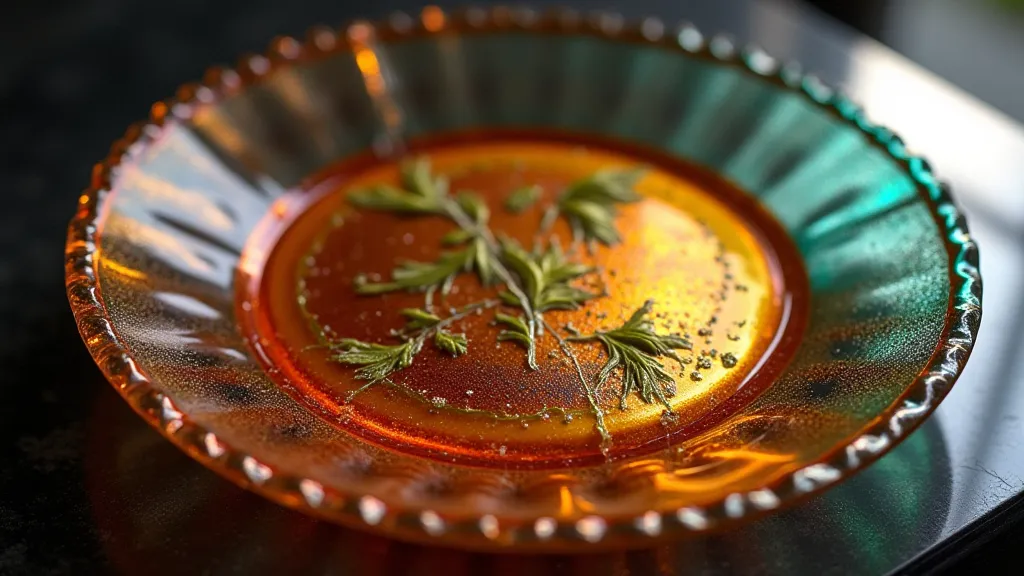
4. Assuming High Iridescence Equals High Value
While desirable, strong iridescence isn’t always the deciding factor. “Rainbow fire” is often considered the most prized iridescence type, but other types like “gold fire” or “blue fire” are also sought after. The quality of the iridescence itself is also key – a vibrant, even iridescence is more valuable than a patchy or faded one. Pattern and rarity can often outweigh the intensity of iridescence. Furthermore, certain colors exhibit iridescence differently, and understanding those nuances can help you make more informed decisions. Exploring the world of carnival glass reveals a surprising diversity of visual effects, each with its own following and appeal. This is where the real connoisseurship begins - appreciating the subtle differences in the visual phenomena beyond the initial "wow" factor.
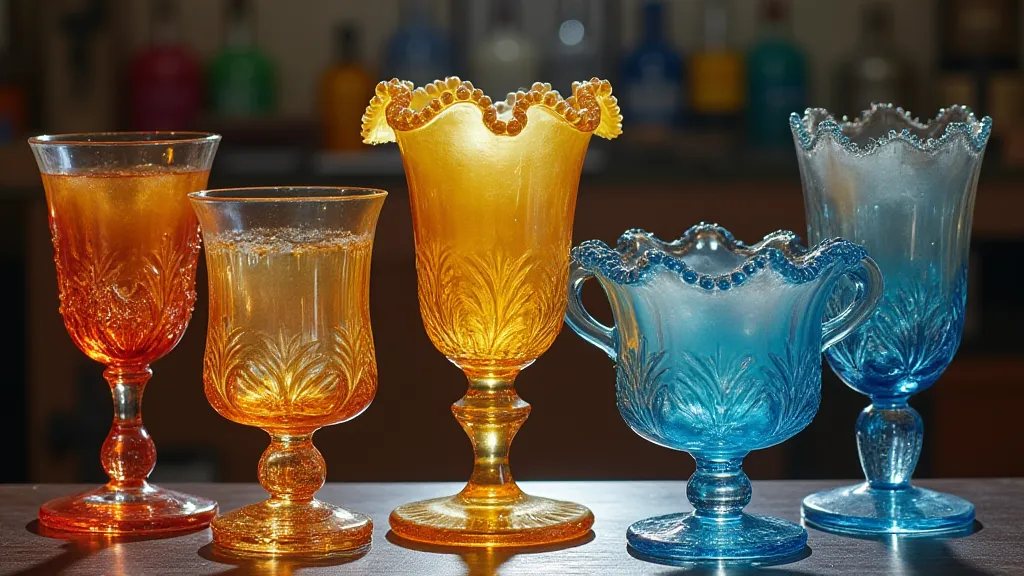
5. Neglecting Manufacturer Information
Knowing the manufacturer of a piece of carnival glass can be crucial for determining its rarity and value. While many pieces are unmarked, knowing the manufacturer—Northwood, Fenton, Imperial, Dugan, etc.—can provide valuable context. Research manufacturers and their associated patterns. This knowledge adds depth to your collection and helps you make more informed decisions. The history of these manufacturers, their techniques, and their contributions to the carnival glass movement are fascinating subjects for dedicated collectors. Knowing who made a piece can also give clues about its approximate age and production methods. A truly knowledgeable collector appreciates the artistry and craftsmanship behind each manufacturer’s unique style. Learning about the legacy of these companies – the innovations they pioneered, the challenges they overcame – adds another layer of appreciation for the pieces they produced.
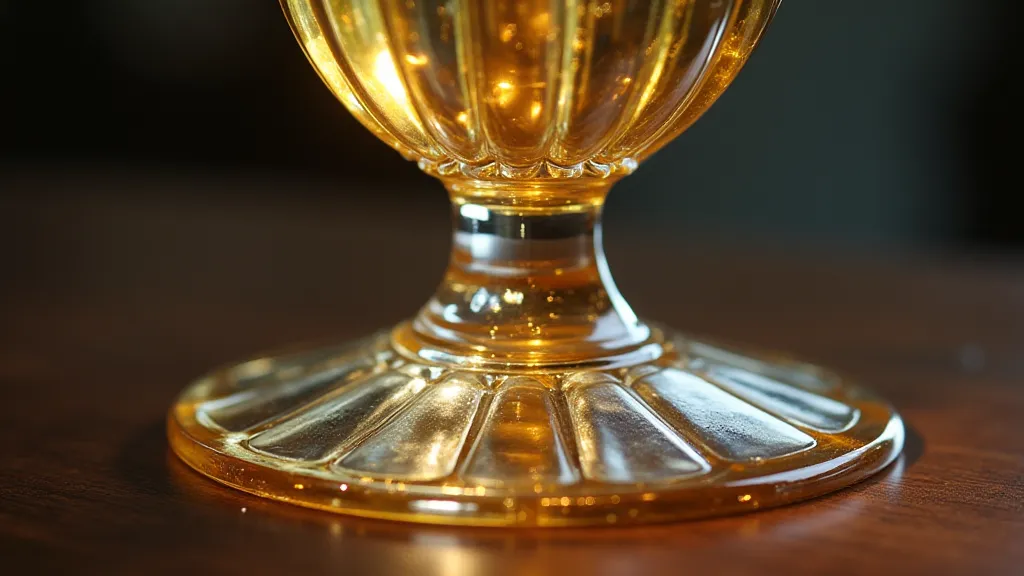
6. Impulsive Buying
The allure of carnival glass can lead to impulsive purchases. Resist the urge to buy every piece you see! Take your time, research the pattern, assess the condition, and compare prices. A well-considered purchase is always more satisfying than a regretted one. This is a hobby that rewards patience and careful observation. While the thrill of the hunt can be exciting, a thoughtful approach leads to a more fulfilling and valuable collection. Consider each piece not just for its appearance but for its place within the broader context of carnival glass history and artistry. Perhaps you’re searching for a particular Fenton pattern – the anticipation and research can be as rewarding as the acquisition itself.
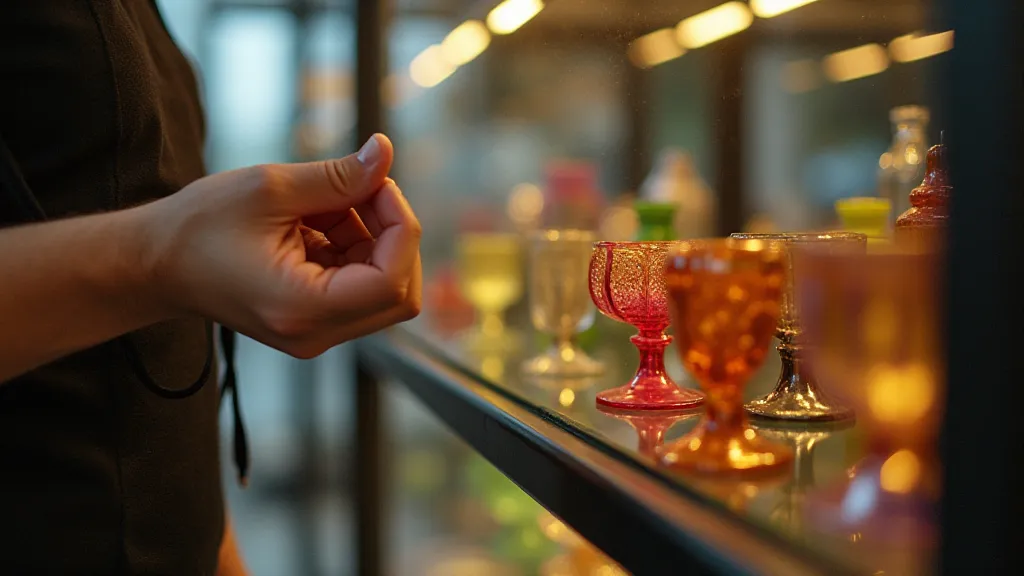
Beyond the Basics: The Growing Appeal of Rare and Valuable Finds
For seasoned collectors, the pursuit of rare and valuable pieces represents the pinnacle of the hobby. Discovering a piece with a unique pattern, a rare color combination, or a documented provenance can be an incredibly rewarding experience. These exceptional items often command significant premiums, reflecting their scarcity and historical significance. Understanding what makes a piece truly rare involves delving into the nuances of production runs, experimental color combinations, and documented auction records. Our article on rare and valuable carnival glass pieces delves deeper into the characteristics that define these exceptional items and provides insights into the factors that influence their value. The quest for the ultimate find can lead to fascinating discoveries and connections within the carnival glass community.
Building Your Carnival Glass Knowledge: Resources and Community
The world of carnival glass collecting is rich and complex, with a vibrant community of enthusiasts eager to share their knowledge. Beyond the resources mentioned in this article, countless books, websites, and forums offer invaluable insights. Connecting with other collectors can enhance your understanding and appreciation of this captivating hobby. Don’ll hesitate to ask questions, share your discoveries, and learn from the collective wisdom of the carnival glass community. There’s a wealth of information available, and the more you learn, the more rewarding your collecting journey will be. Many collectors specialize in certain manufacturers, patterns, or color variations, sharing their expertise and passion with others.
A Deeper Dive into Manufacturers
Let's expand a little bit on the importance of understanding specific manufacturers. Northwood, for example, was a prolific producer of carnival glass, known for its wide range of patterns and experimental colors. Fenton, another giant in the field, often experimented with unique iridescent finishes that set their pieces apart. Imperial Glass Corporation, while later entering the market, quickly established a reputation for quality and innovation. Even smaller, lesser-known manufacturers played a role in the carnival glass landscape, and their pieces, while less common, can be highly sought after by collectors. Examining the history and production techniques of these manufacturers provides a deeper appreciation for the artistry and craftsmanship involved in creating these beautiful objects. Understanding their contributions to the movement paints a richer picture of the history of carnival glass.
The Allure of Color Variations
Beyond the standard colors, carnival glass collectors are often drawn to the rarer and more unusual variations. A "marigold" piece, with its warm, golden tones, is a classic, but collectors also seek out "cobalt blue," "amberina," and other less common hues. These variations often resulted from experimental batches of glass or unique firing conditions, making them highly prized by collectors. The pursuit of these elusive colors adds a layer of excitement and challenge to the hobby, fostering a sense of camaraderie among enthusiasts who share a passion for uncovering these treasures. The subtle differences in color saturation and hue can make a significant difference in value and desirability.
Conclusion
Collecting carnival glass is a journey of discovery and appreciation. By understanding these common pitfalls and taking the time to educate yourself, you can build a rewarding and valuable collection, and avoid costly mistakes along the way. Happy collecting!
